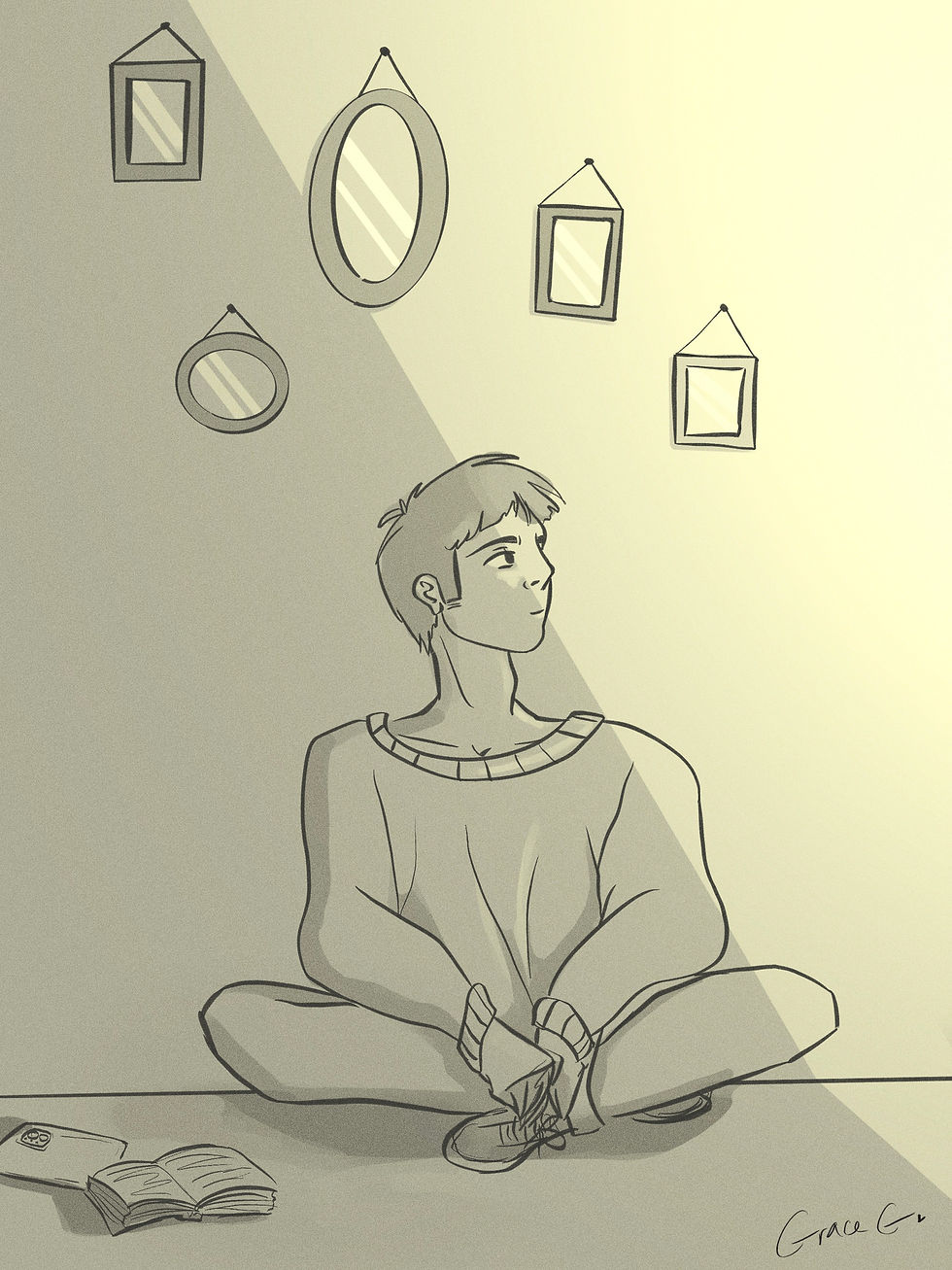Minimalism: simple living, simply living
- Sebastian Ashcraft

- Oct 28, 2022
- 3 min read
Updated: Nov 1, 2022

Minimalism is an art movement founded on the notion that “less is more.” The art created is very simplistic, using the fewest elements. Minimalism as a lifestyle, or simple living, applies the same principle of “less is more” in one’s own life through various practices. “Less,” to the minimalist, is specifically less of what doesn’t, or shouldn’t, matter. This could mean fewer possessions, less time and energy wasted, less money spent unnecessarily, and, ideally, less stress.
On his website Becoming Minimalist, author Joshua Becker writes that minimalism is “marked by clarity, purpose, and intentionality.” Minimalist practices that aim to downsize what you own are done for a good reason. By intentionally cutting out what is nonessential, the minimalist has more time, energy, space, money, and heart to devote to the things that they deem most valuable in life.
In America, consumer culture dictates much of our lives. While the rapid production and sales of goods and services have created tremendous economic growth, it has become too much of a focus. Advertisements flood the Internet and cities, promoting the latest gadget, the best fast food, the cleanest apartment complex, and the hottest deals. And while these are all great creations to be sold and shared and experiences waiting to happen, sometimes I think it’s all just too much. I feel this especially when we start to care about materialistic things a bit–or a lot–more than our relationships, health, and future. Fortunately, simple living is a direct counterculture to consumerism.
One component of minimalism, which happens to be the one I’m most interested in, is about changing how we approach technology. As our lives continue to revolve around technology, we may find ourselves ensnared by endless scrollable content, pointless drama and controversy, unrealistic glimpses into others’ lives, and other distractions. Instead of us controlling technology for our benefit, we are seemingly the ones being controlled by it, our attention constantly getting sapped. Many of us are addicted.

New York Times bestselling author Cal Newport describes digital minimalism as “a philosophy that helps you question what digital communication tools (and behaviors surrounding these tools) add the most value to your life.” This definition parallels the previously mentioned concept that minimalism is about intention and purpose. By becoming extra conscious of how we spend our time online, we can decide if the activities we do online are truly worth our time and if we need to quit or severely cut back on said activities. Ideally, we would come to only use our devices for a limited amount of functions that benefit us the most while deliberately passing up on most of everything else technology has to offer.
Basic digital minimalism practices may involve uninstalling unused or unhelpful applications, organizing file storage systems properly and regularly, using social media less for entertainment purposes and more for productive purposes, or setting screen time restrictions. Of course, these are all just practices, so it’ll take consistent effort to be able to do these things without regressing; it’ll take some time before the positives of digital minimalism really shine fully.
At its core, minimalism and any other branches of it aim to put our personal values on maximum priority by reducing our engagement with more superficial aspects of our lives. I’ve just barely scratched the surface of minimalism and what it has to offer, only covering its worth in materialist settings when it even has some significance in environmentalism and anti-war. But I feel an introduction is good enough for nudging people to seek out some minimalist practices and see what difference it could make in their own lives.






Comments